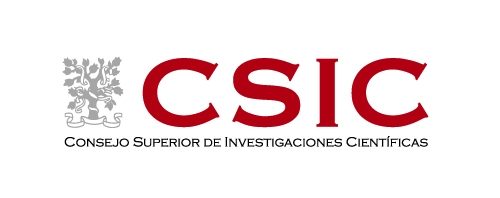Air-coupled ultrasonic testing of separator membranes for Li-ion batteries, carried out within Listen2Future (EU funded), presented at the International Conference on Ultrasonics (ICU) 2023, Beijing.
Batteries are becoming a critical component in the reduction of the use of fossil fuels and their use is growing in fields like transportation, machinery, consumer electronics, etc. There is a growing concern for battery safety and for the optimization of the use of raw materials in the fabrication of batteries. In this context, systems for checking, testing and monitoring batteries in their full life cycle are demanded. One of the most used battery type is the Li-ion batteries, that have many variants. Now a day, there are other emerging technologies that aim to improve the performance, duration, cost and safety of Li-ion batteries. In-line testing of the raw materials to be used for the fabrication of the batteries is an efficient way to improve battery quality, enlarge life cycle and reduce unexpected battery failure and use of raw materials. Testing of raw materials mainly encompasses testing of the electrodes and the separator membrane. This membrane is a thin polymeric microporous film. Thickness, stiffness, pore distribution and pore size are critical for the proper operation of the battery. However, testing these properties in a non-destructive way and in real time for all the separators included in the fabricated batteries is a difficult task. We propose here an air-coupled ultrasonic system for this application. Transducers to meet the inspection requirement before mentioned were designed and built, then they were tested on different commercial separators made of cellulose, PP and PT.
The use of air-coupled ultrasonic technique makes possible the non-destructive and fast testing of these materials. In addition, the reduced thickness and relatively large porosity makes possible to use very high frequencies. Using CSIC transducer technology, it is demonstrated that it is possible to use wideband air-coupled transducers with center frequency between 0.1 and 2.0 MHz. This permits to achieve the requiered spatial resolution. Different focusing techniques to increase the spatial resolution and different testing configurations to make possible to sense both pore properties and film stiffness are also discussed in the work.
Use of MEMS transducers, in particular air-coupled PMUTs at the afore mentioned frequencies will significantly impact the industrial applicability of this technology
Authors acknowledge funding by project Listen2Future is acknowledged. Under grant 101096884, Listen2Future is co-funded by the European Union.




